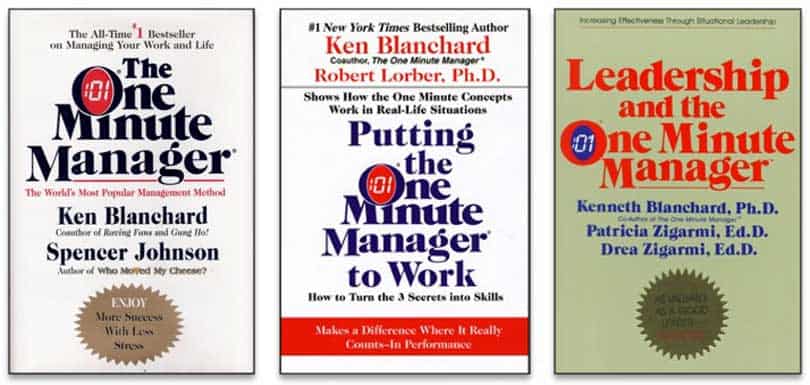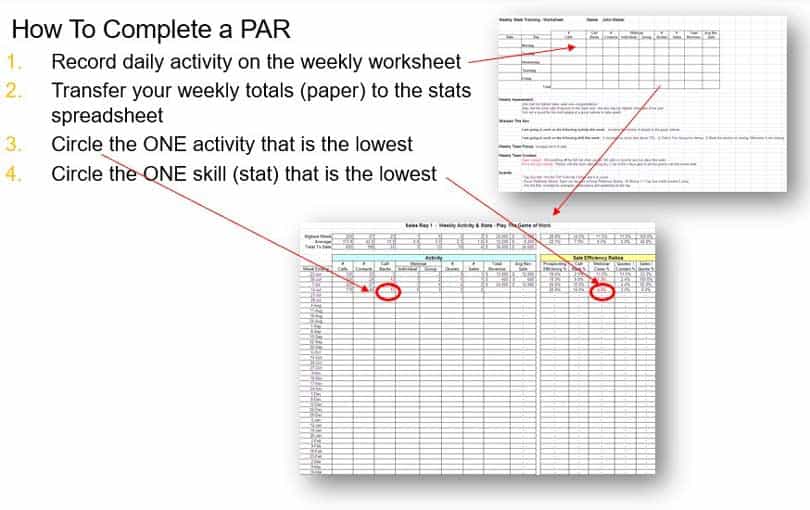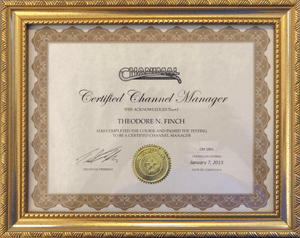One Minute Manager Concepts
When the book, “The One Minute Manager,” came out it was heralded for its simplicity in defining a practical management style. It was short and written as a story (sort of like, “The Greatest Salesman in the World,” from Og Mandino). However, it was incomplete and frankly–dangerous. It described setting expectations and managing them through praises and reprimands.
However, it didn’t explain that you praise everyone (catch them doing something right), but you ONLY reprimand “winners” (folks who know what to do but chose not to do it (reprimands affect attitude, not skills and it is NOT for beginners who are just learning the ropes). It also didn’t explain that you may never need to ever reprimand someone–yet folks thought you should have a balance (kick and pet, kick and pet—ouch). As such, it caused problems.
So, it was followed up with another book called, “Putting the One Minute Manager to Work,” and soon by another called, “Leadership and the One Minute Manager.” The three books were actually derivatives from a book called, “Situational Leadership,” but this was a boring HR book, not a storybook that was easy to read. Together they represented a very simple yet effective approach of a good management style.
At Chanimal we use these books as a foundation for our management style. Of course, the material in the Management and Leadership manual is condensed, but it gets the key points across. You are welcome to read the original books (available fairly cheaply on Amazon).
The management quadrant above is found in, “Leadership and the One Minute Manager.” To assess and improve performance (part of coaching), we use the concepts from “Putting the One Minute Manager to Work.” This includes the concept of the Personal Appraisal Review (PAR) and the Personal Improvement Plan (PIP). The specific examples below are sales related, but they apply to many different job types. It is something we could also do with our own roles.

Personal Appraisal Review (PAR)
A personal appraisal review is simple with our sales stats worksheets. We use the following steps:
- Record your daily activity on the weekly worksheet.
- Transfer your weekly totals (paper) to the stats (or send them into the office for them to be transferred).
- Circle the ONE activity that is the lowest (use your average and your team stats to determine).
- Circle the ONE skill ratio (from your statistics) that is the lowest.
That’s all there is to it (do not make any more of it than this). We review our weekly status and determine which areas to work on.

Personal Improvement Plan (PIP)
Assuming you are the person trying to improve, you would first determine which areas (one activity and one skill (do NOT pick more–just master one thing at a time)) to work on, then you will create a very simple plan to improve. This is called your Personal Improvement Plan (PIP). You can record this in the area called, “Sharpen the Saw,” on your next weekly worksheet (or on any piece of paper). Following is the process:
- List the one activity you will improve.
- List the one skill ratio you will improve.
- Create a simple plan to improve each.
Following is a sample PIP to improve a skill:
- Area: Improve my closing ratio.
- Read the section on “closing” in the sales manual
- Create and memorize two close questions.
- Practice these questions throughout the week.
- Set up a model call with another rep (who has the best ratio) to listen in on how they do it (or ask them to send me a recording of how they do (live preferably).
Repeat the same process for an activity. You would then repeat this process every week to systematically master each area. This is how the pros do it to master their skills. Your team must take this seriously and complete these so they DO SOMETHING to dramatically improve. Writing a few vague things with no steps to cause a change is useless.
What Are the Timelines for the PAR and PIP?
Every Monday the team members would get a new weekly worksheet to record their weekly stats, along with a copy of their own stats and the team stats (so they can see how their performance compares to the team average (the Standard of Performance). If local, they would get a paper copy, if remote, they would get an electronic copy (PDF or Spreadsheet file). They would not get the full spreadsheets and we do NOT want them to record in a spreadsheet daily. It should be PRINTED and they should put tick marks in each area during the week–this is the fastest method possible (low tech, but fast and painless). When they get this worksheet it should be blank, except for two areas:
- The Weekly Assessment. As the manager, you should find 1-2 areas to praise for each team member. If John had the highest call-back ratio ever, or if Jane had the biggest deal of her career so far, then you write these on the form for all to see (1 per line). This will reinforce their success, create a little healthy pride and competition among the team, and help jumpstart their day.
- The Weekly Contest. You will evaluate the team stats and determine the skill or activity to improve for the week (so you can manage the overall team ratios). You then describe this contest on the worksheet on Friday so it will be on their copies on Monday morning.
Every Friday the team members turn in their paper worksheet. If local, they would total all the tick marks and hand it to you. If they are remote, they would either scan it and send it to you, or they would write the numbers in their spreadsheet (just the worksheet) and e-mail it.
On Friday evening or early Monday morning, you would personally enter all the stats–it only takes about 2 minutes each. This way you can see their numbers, note anything to praise them for, see how their ratios are compared to the previous week, and make note if the areas they were working on during the week have improved. If they have not, then circle the same area again and ask for a time to do a model or coach call (they can’t correct it themselves). Then complete the items above (assessment and contest) and have them ready for Monday.
What if you can’t “self improve?”
Sometimes we follow the PAR and the PIP but our ratios do not improve. Why? Usually, because we are too close to the problem and may not see it. For example, a salesperson followed the process above to improve his call-back ratio (affecting the number of people who returned his voice message). He went from zero to 3 return calls in a day after following this process, which is an improvement, but it was still well below the team average of 11. So, he asked for someone to listen to his voice messages.
The person performed a “coaching call,” listened to him leave three calls (have to see a pattern, not a normal mistake) and caught the problem immediately. The coach pointed out that the salesperson was talking too fast when leaving the voice message and people wouldn’t call back if they couldn’t understand it or write it down. The fix was that simple.
Review Questions
- What is a PAR?
- What is a PIP?
- Describe what you would do weekly with the PAR and PIP?
- What should you do if you can’t self-improve your activity or skills?
Contact Info
Chanimal, Inc.
12109 Lake Stone Dr
Austin, TX 78738
512-263-9618
Click HERE to Email
Follow us on Facebook
NOTICE
I join a LOT of affiliate programs (connoisseur–like to see what they do), including Amazon, so there may be links throughout Chanimal.

